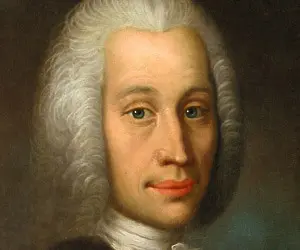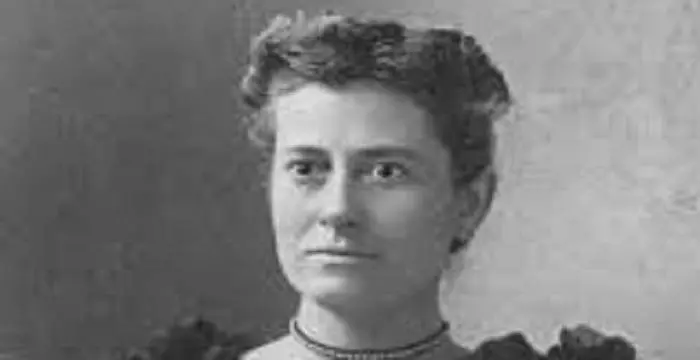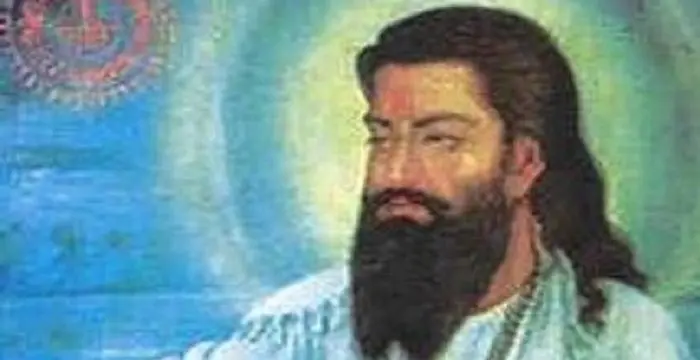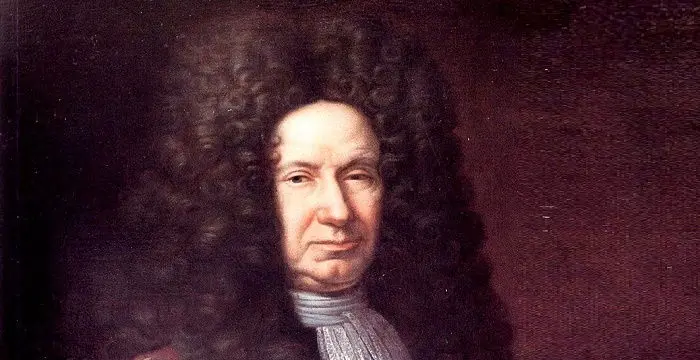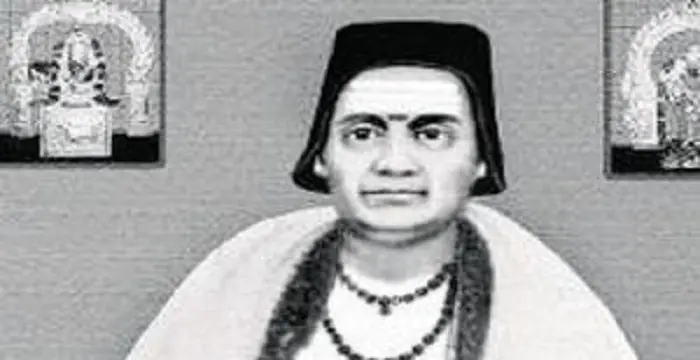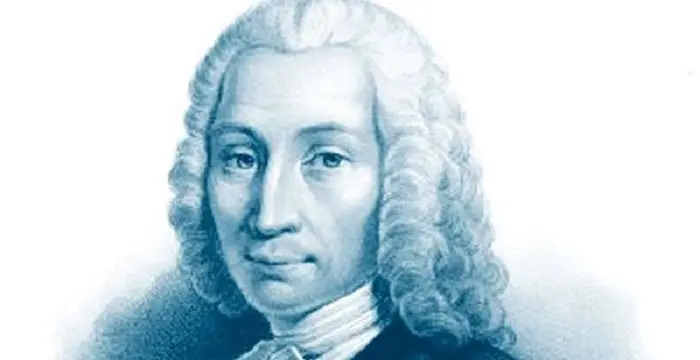
Anders Celsius - Mathematicians, Birthday and Family
Anders Celsius's Personal Details
Anders Celsius was a Swedish astronomer and physicist who proposed the Celsius temperature scale and founded the Uppsala Observatory
| Information | Detail |
|---|---|
| Birthday | November 27, 1701 |
| Died on | April 25, 1744 |
| Nationality | Swedish |
| Famous | Scientists, Mathematicians, Astronomers, Physicists |
| Universities |
|
| Cause of death |
|
| Birth Place | Uppsala |
| Gender | Male |
| Father | Nils Celsius |
| Sun Sign | Sagittarius |
| Born in | Uppsala |
| Famous as | Astronomer, Physicist, Mathematician |
| Died at Age | 42 |
// Famous Physicists
Henry Cavendish
Henry Cavendish was a theoretical chemist and physicist, renowned for discovery of hydrogen and calculation of the mass of earth. To know more about his childhood, profile, timeline and career read on
Walter Kohn
Nobel Laureate Walter Kohn was an Austrian-born American theoretical chemist and physicist. Check out this biography to know about his childhood, life, achievements, works & timeline.
Nikola Tesla
Nikola Tesla was a Serbian-American inventor, best known for his development of alternating current electrical systems. This biography of Nikola Tesla provides detailed information about his childhood, life, achievements, works & timeline.
Anders Celsius's photo
Who is Anders Celsius?
Anders Celsius was a Swedish astronomer, physicist and mathematician who proposed the Celsius temperature scale and founded the Uppsala Observatory. Born in Sweden, he was raised in the shadow of his father, an astronomy professor. Anders showed an extraordinary talent in mathematics from childhood and after completing his education, decided to become an astronomer. He made earlier observations concerning aurora borealis (northern lights) and is regarded as the first astronomer to suggest a connection between aurora borealis and changes in the Earth's magnetic field. He also assessed the brightness of stars with measuring tools. Later, he participated in an expedition which proved the Newton’s theory that the Earth has the shape of an ellipsoid, flattened at the poles. After succeeding in the expedition, he laid the foundation of Uppsala Astronomical Observatory, the oldest astronomical observatory in Sweden. However, he is most famous for the temperature scale he proposed based on the boiling and freezing points of water. Later on, a reversed form of his original design was adopted as the standard and used in almost all the scientific works. He started many other research projects but died unexpectedly before he could complete most of them. He was an extraordinary astronomer, and as a tribute to his accomplishments, the standard unit on the temperature scale, “Celsius”, is named after him.
// Famous Astronomers
Jabir Ibn Hayyan
Jabir Ibn Hayyan was a medieval era polymath. Check out this biography to know about his life, works and achievements.
Isaac Newton
Isaac Newton was an English scientist and mathematician, who discovered gravitation and Newtonian Mechanics. Read this biography to find more on his life.
Henrietta Swan Leavitt
Henrietta Swan Leavitt was an American astronomer. Check out this biography to know about her childhood, family, personal life, discoveries, achievements, etc.
Childhood & Early Life
He was born on November 27, 1701, in Uppsala, Sweden, to Nils Celsius, an astronomy professor at the Uppsala University.
He was the paternal grandson of the mathematician, Magnus Celsius, and the maternal grandson of astronomer, Anders Spole.
He was a talented mathematician from an early age and received his education from the Uppsala University. He studied astronomy, mathematics, and experimental physics and eventually decided to pursue a career in science.
Career
After completing his graduation, he was appointed as the secretary of the ‘Royal Society of Sciences’ in Uppsala. In 1730, he became a professor of astronomy at Uppsala University, a post he served until 1744.
His earliest research concerned the ‘aurora borealis’, an unusual activity in which spectacular illumination of the night sky occurs due to the northern lights. He observed the variations of a compass needle and found that with stronger auroral activity, there occurred large deflections in the compass.
From 1732 to 1736, he traveled extensively to other countries to expand his knowledge as an astronomer, and also visited observatories in Berlin and Nuremburg to conduct extensive research.
In 1733, he published a collection of 316 observations of the aurora borealis, made by him and others scientists from 1716 to 1732.
He traveled to Italy, France and Germany and visited many European observatories. In 1736, he participated in the ‘Lapland expedition’ organized by ‘French Academy of Sciences’. The aim of the expedition was to measure a meridian in the north in the hope of verifying the Newtonian theory that the earth is flattened at the poles.
Being an astronomer, he helped with the planned meridian measurement and the expedition confirmed Newton's belief that the shape of the earth is an ellipsoid flattened at the poles. In 1739, he supported the formation of the ‘Royal Swedish Academy of Sciences’ in Stockholm.
His participation in the Lapland expedition won him much respect in Sweden and played a key role in persuading the Swedish authorities to donate the resources required to construct a new modern observatory in Uppsala. In 1741, he founded the Uppsala Astronomical Observatory.
In 1742, he moved into the newly completed astronomical observatory, the first modern installation of its kind in Sweden. The same year, he described his temperature scale in a paper read before the ‘Swedish Academy of Sciences’.
His published works include ‘A Dissertation on a New Method of Determining the Distance of the Sun from the Earth’ (1730) and ‘Disquisition on Observations Made in France for Determining the Shape of the Earth’ (1738).
He also conducted many geographical measurements for the Swedish General map, and was one of earliest to note that much of Scandinavia is slowly rising above sea level, a continuous process which has been occurring since the melting of the ice from the latest ice age.
Major Works
He was the first person who suggested a connection between the aurora borealis and changes in the Earth's magnetic field.
He advocated the measurement of an arc of a meridian in Lapland and later took part in an expedition which helped in verification of Newton’s theory that the Earth is flattened at the poles.
He was the first to perform and publish careful experiments seeking to define an international temperature scale based on scientific grounds. In 1742, he proposed a temperature scale based on the boiling and freezing points of water, which was the reverse of the scale now known by the name ‘Celsius’.
Awards & Achievements
‘Celsius’, also known as centigrade, a scale and unit of measurement for temperature, is named after him.
Personal Life & Legacy
He died of tuberculosis on April 25, 1744, in Uppsala, Sweden, at the age of 42. He was buried in the Gamla Uppsala Kyrkogård, Uppsala, Sweden.
// Famous Scientists
Juliane Koepcke
Juliane Koepcke is a German-Peruvian biologist, who was the lone survivor among the 92 passengers and crew of the ill-fated LANSA Flight 508 that crashed in the Peruvian rainforest on 24 December 1971. Know more about her life in this biography.
Henry Cavendish
Henry Cavendish was a theoretical chemist and physicist, renowned for discovery of hydrogen and calculation of the mass of earth. To know more about his childhood, profile, timeline and career read on
Konstantin Tsiolkovsky
Konstantin Tsiolkovsky was a Russian rocket scientist and a pioneer of astronautics. This biography provides detailed information about his childhood, family, personal life, career, achievements, etc.
Anders Celsius biography timelines
- // 27th Nov 1701He was born on November 27, 1701, in Uppsala, Sweden, to Nils Celsius, an astronomy professor at the Uppsala University.
- // 1730 To 1744After completing his graduation, he was appointed as the secretary of the ‘Royal Society of Sciences’ in Uppsala. In 1730, he became a professor of astronomy at Uppsala University, a post he served until 1744.
- // 1730 To 1738His published works include ‘A Dissertation on a New Method of Determining the Distance of the Sun from the Earth’ (1730) and ‘Disquisition on Observations Made in France for Determining the Shape of the Earth’ (1738).
- // 1732 To 1736From 1732 to 1736, he traveled extensively to other countries to expand his knowledge as an astronomer, and also visited observatories in Berlin and Nuremburg to conduct extensive research.
- // 1733In 1733, he published a collection of 316 observations of the aurora borealis, made by him and others scientists from 1716 to 1732.
- // 1736He traveled to Italy, France and Germany and visited many European observatories. In 1736, he participated in the ‘Lapland expedition’ organized by ‘French Academy of Sciences’. The aim of the expedition was to measure a meridian in the north in the hope of verifying the Newtonian theory that the earth is flattened at the poles.
- // 1739Being an astronomer, he helped with the planned meridian measurement and the expedition confirmed Newton's belief that the shape of the earth is an ellipsoid flattened at the poles. In 1739, he supported the formation of the ‘Royal Swedish Academy of Sciences’ in Stockholm.
- // 1741His participation in the Lapland expedition won him much respect in Sweden and played a key role in persuading the Swedish authorities to donate the resources required to construct a new modern observatory in Uppsala. In 1741, he founded the Uppsala Astronomical Observatory.
- // 1742In 1742, he moved into the newly completed astronomical observatory, the first modern installation of its kind in Sweden. The same year, he described his temperature scale in a paper read before the ‘Swedish Academy of Sciences’.
- // 1742He was the first to perform and publish careful experiments seeking to define an international temperature scale based on scientific grounds. In 1742, he proposed a temperature scale based on the boiling and freezing points of water, which was the reverse of the scale now known by the name ‘Celsius’.
- // 25th Apr 1744He died of tuberculosis on April 25, 1744, in Uppsala, Sweden, at the age of 42. He was buried in the Gamla Uppsala Kyrkogård, Uppsala, Sweden.
// Famous Mathematicians
Grigori Perelman
Grigori Perelman is a Russian mathematician who is best known for his contributions to Riemannian geometry and geometric topology. Check out this biography to know about his childhood, family life, achievements and fun facts about him.
Terence Tao
Terence Tao is an Australian- American mathematician who has contributed enormously to the field of mathematics. Check out this biography to know about his childhood, family life and achievements.
Isaac Newton
Isaac Newton was an English scientist and mathematician, who discovered gravitation and Newtonian Mechanics. Read this biography to find more on his life.
Brahmagupta
Brahmagupta was a highly accomplished ancient Indian astronomer and mathematician. This biography of Brahmagupta provides detailed information about his childhood, life, achievements, works & timeline.
Giovanni Domenico Cassini
Giovanni Cassini was a 17th century Italian mathematician, astronomer and astrologer. This biography of Giovanni Cassini provides detailed information about his childhood, life, achievements, works & timeline.
Bhāskara II
Bhaskara II was a 12th century Indian mathematician. This biography of Bhaskara II provides detailed information about his childhood, life, achievements, works & timeline.
Anders Celsius's FAQ
What is Anders Celsius birthday?
Anders Celsius was born at 1701-11-27
When was Anders Celsius died?
Anders Celsius was died at 1744-04-25
Where was Anders Celsius died?
Anders Celsius was died in Uppsala
Which age was Anders Celsius died?
Anders Celsius was died at age 42
Where is Anders Celsius's birth place?
Anders Celsius was born in Uppsala
What is Anders Celsius nationalities?
Anders Celsius's nationalities is Swedish
What was Anders Celsius universities?
Anders Celsius studied at Uppsala University
What is Anders Celsius's cause of dead?
Anders Celsius dead because of Tuberculosis
Who is Anders Celsius's father?
Anders Celsius's father is Nils Celsius
What is Anders Celsius's sun sign?
Anders Celsius is Sagittarius
How famous is Anders Celsius?
Anders Celsius is famouse as Astronomer, Physicist, Mathematician



